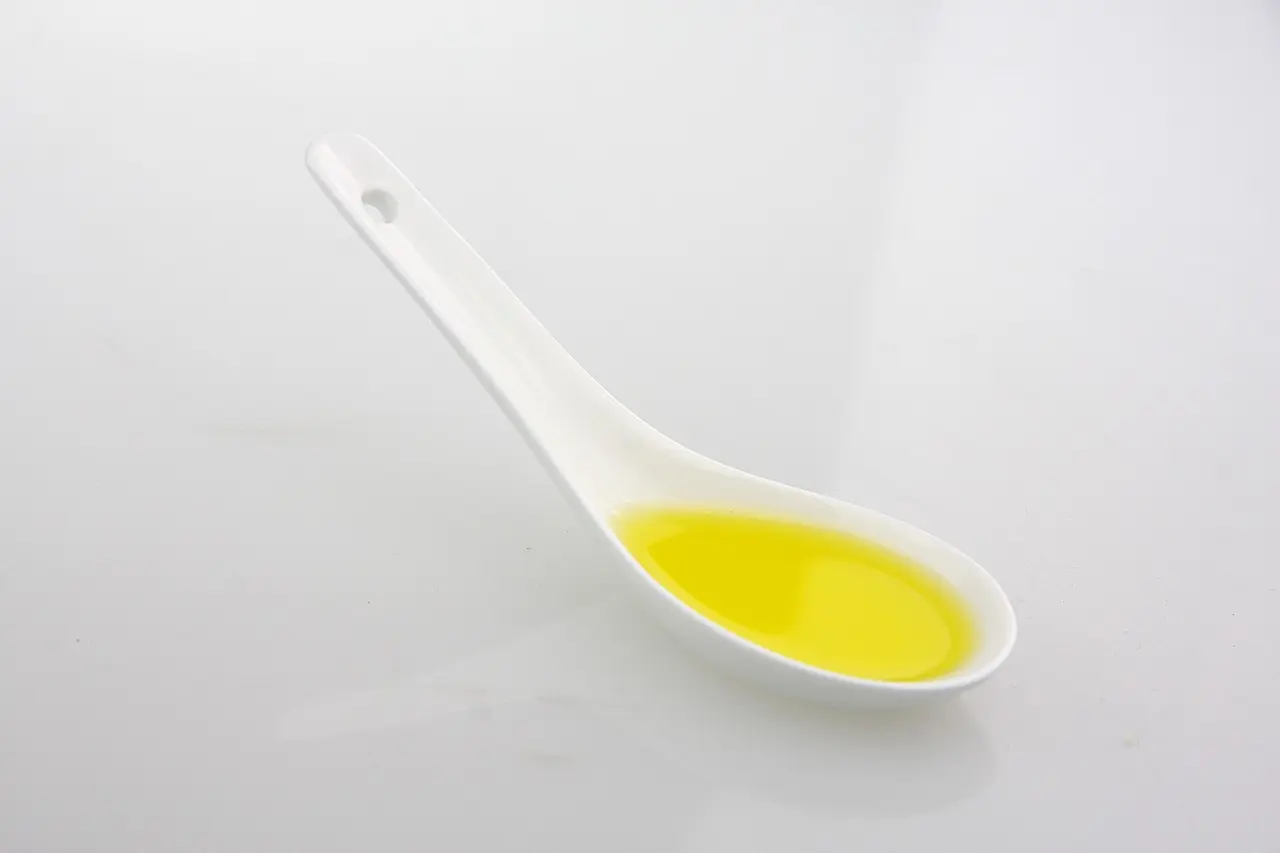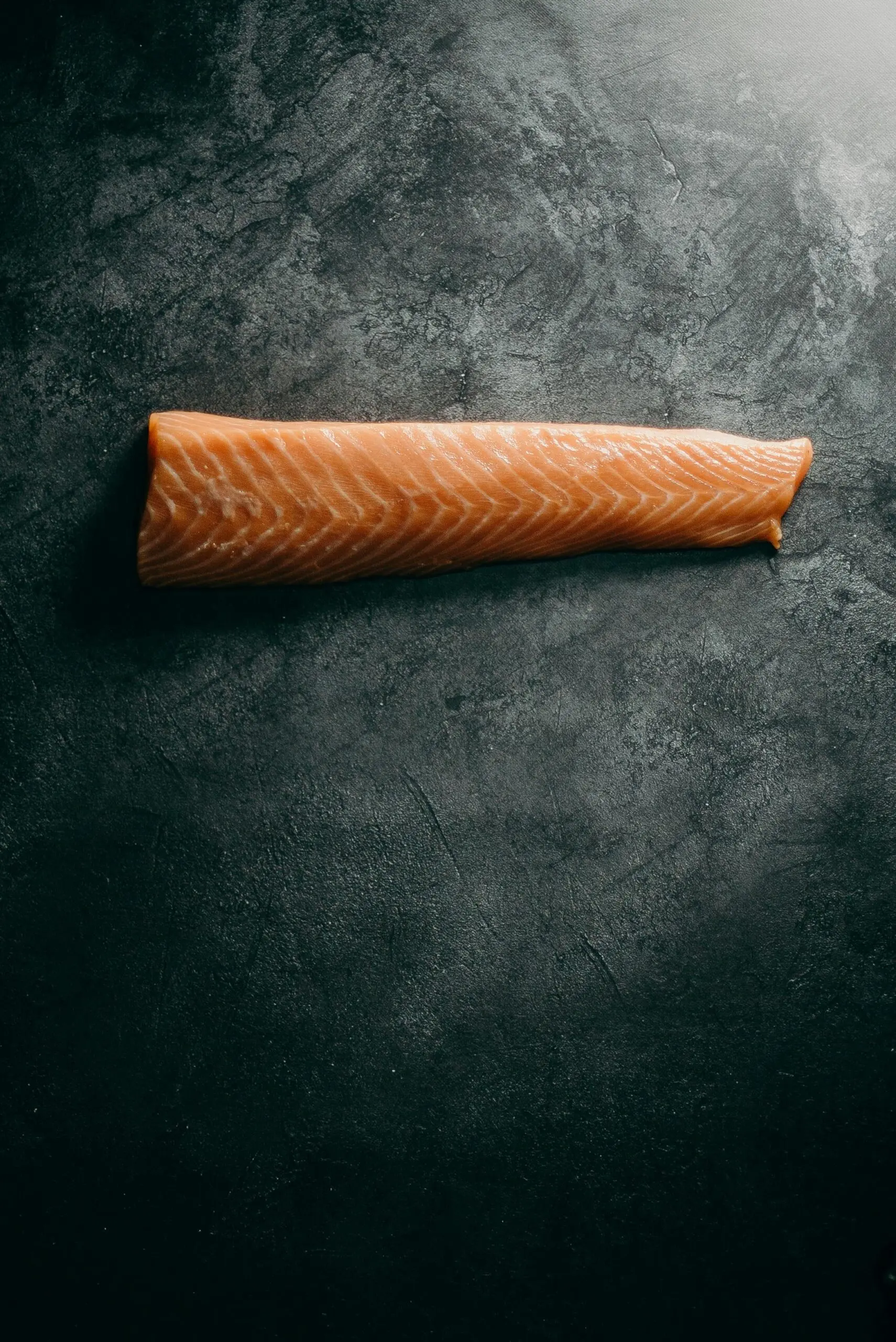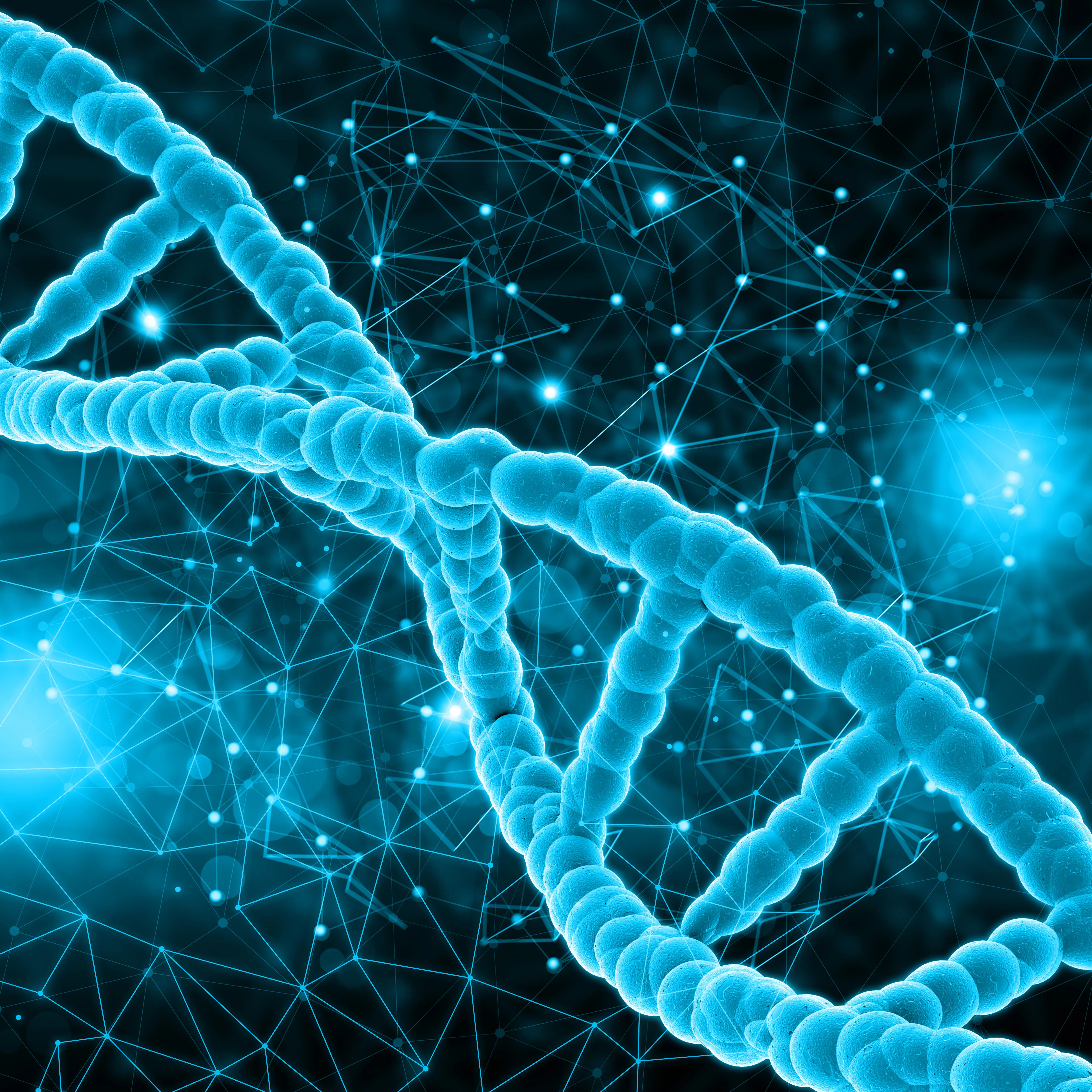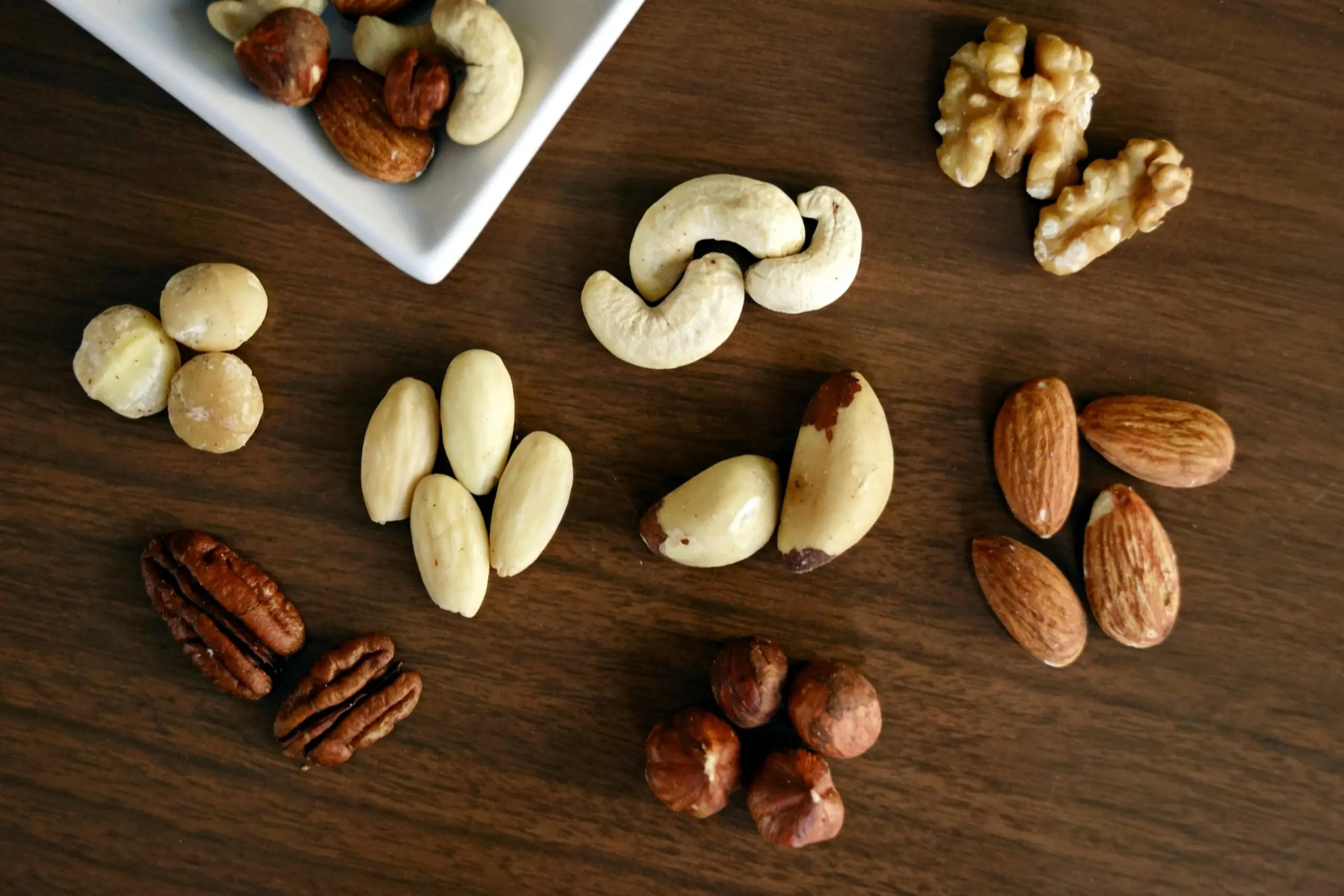Fats play an important role in our body. Along with carbohydrates and protein, they are among the three main nutrients, each of which is very important for our health and our well-being . "Fats are energy stores and vital for our brain, our nerves, and every single cell," explains Dr. Sophie Neuhaus, specialist in anesthesiology at the University Hospital Heidelberg.
However, fat is not just fat: While some fats are essential for optimal health, others can be harmful if consumed in large quantities. A distinction is made between high-quality saturated, monounsaturated, and polyunsaturated fatty acids, as well as the harmful trans fats. The latter belong to the group of unsaturated fatty acids, but have no positive effect on the body.
These foods contain healthy fats
The body can produce certain omega-3 and omega-6 fatty acids itself, but not all of them. Two of them - called essential fatty acids - must be obtained through diet. "Only with the help of fats can our body, among other things, absorb the fat-soluble vitamins A, D, E, and K," says Dr. Neuhaus.
As a rule of thumb: The more plant-based and fresh foods we eat, the better we are supplied with healthy unsaturated fatty acids. These include Foods such as fatty fish (salmon, herring, mackerel, trout, and sardines), vegetable oils, nuts, nut butter, seeds like chia or flaxseeds, and avocados.
The fats found in them contain monounsaturated and polyunsaturated fatty acids, which have been proven to protect the cardiovascular system by lowering cholesterol levels and reducing inflammation in the body.
The power of high-quality oils
An indispensable kitchen staple is high-quality organic olive oil. It consists largely of unsaturated fatty acids and contains valuable vitamin E, secondary plant compounds, and protects the heart the most. But walnut, peanut, linseed, rapeseed, and safflower oils also contain plenty of healthy fats and complement a balanced diet.
“Regarding the quality of vegetable oils, it is important to look for a native cold-pressed production and organic raw materials,” recommends the doctor. This way, the natural nutrients and a high proportion of healthy fatty acids in the cooking oils are preserved.















